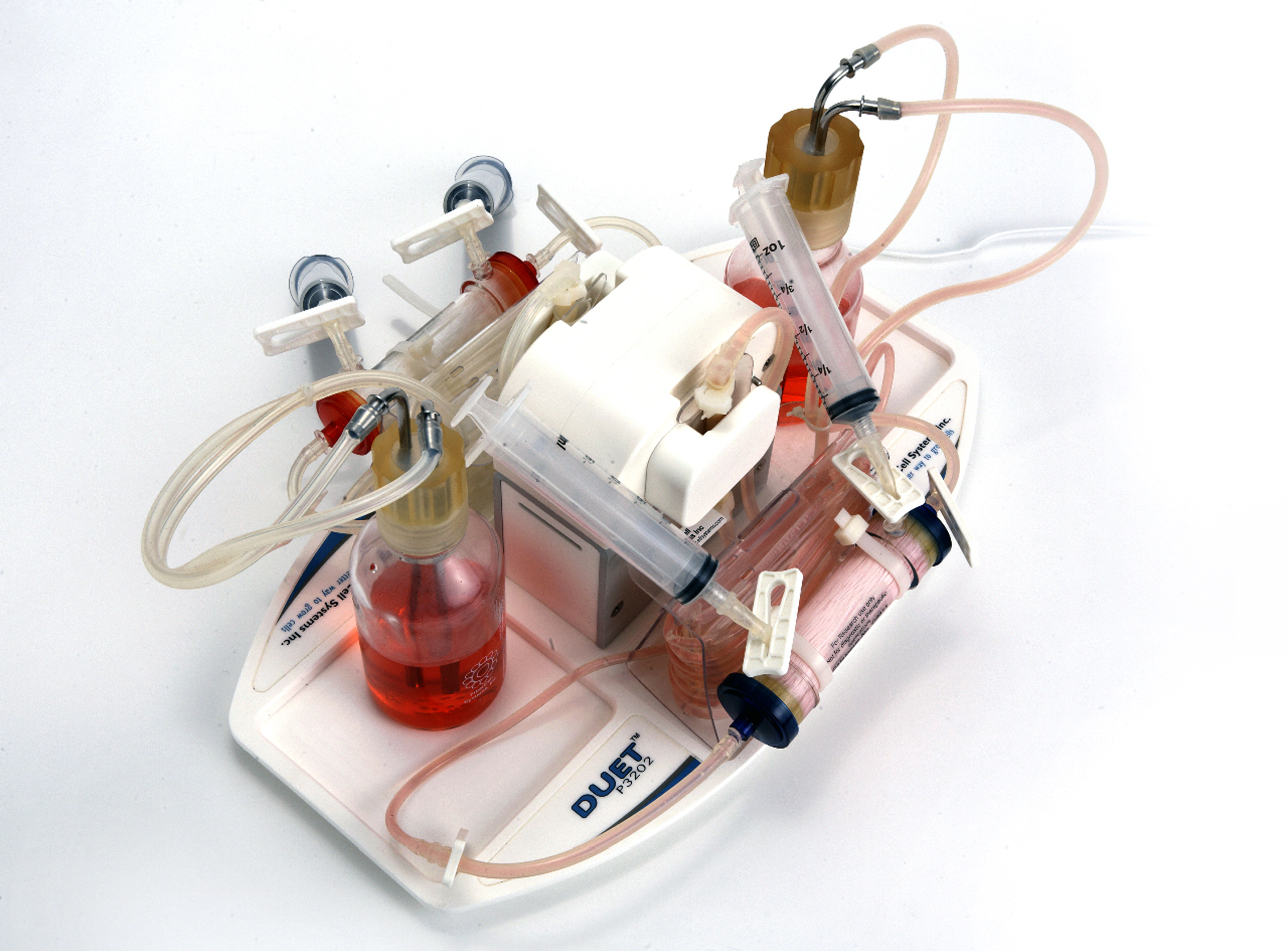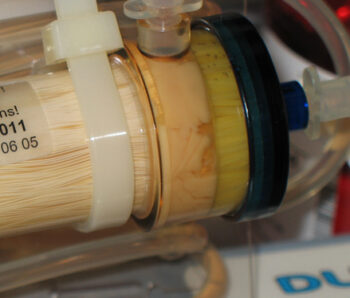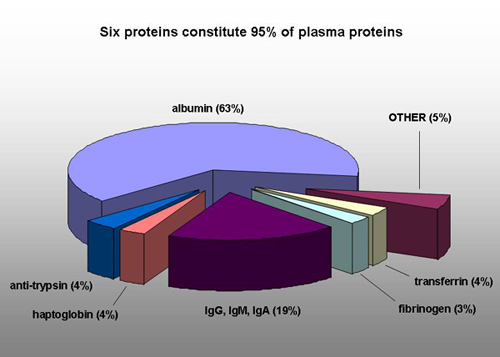Simply perform your harvest as usual. One of the issues that many researchers have when using our system is that they are afraid to harvest out too many cells. The cartridge can be overgrown if you don’t remove cells. After centrifugation your cell pellet should be between 1-3 mL or more (with the C5011 as much as 5 mL). Simply decant off the supernatant and re-suspend the cell pellet in 2 pellet volumes of fresh medium that has been diluted 10% with sterile distilled water. Leave it overnight at room temperature. The cells will consume the medium and also the hypotonicity will slightly squeeze the cells causing them to release any intracellularly sequestered antibody. This will get you an extra few milligrams every time you harvest.







